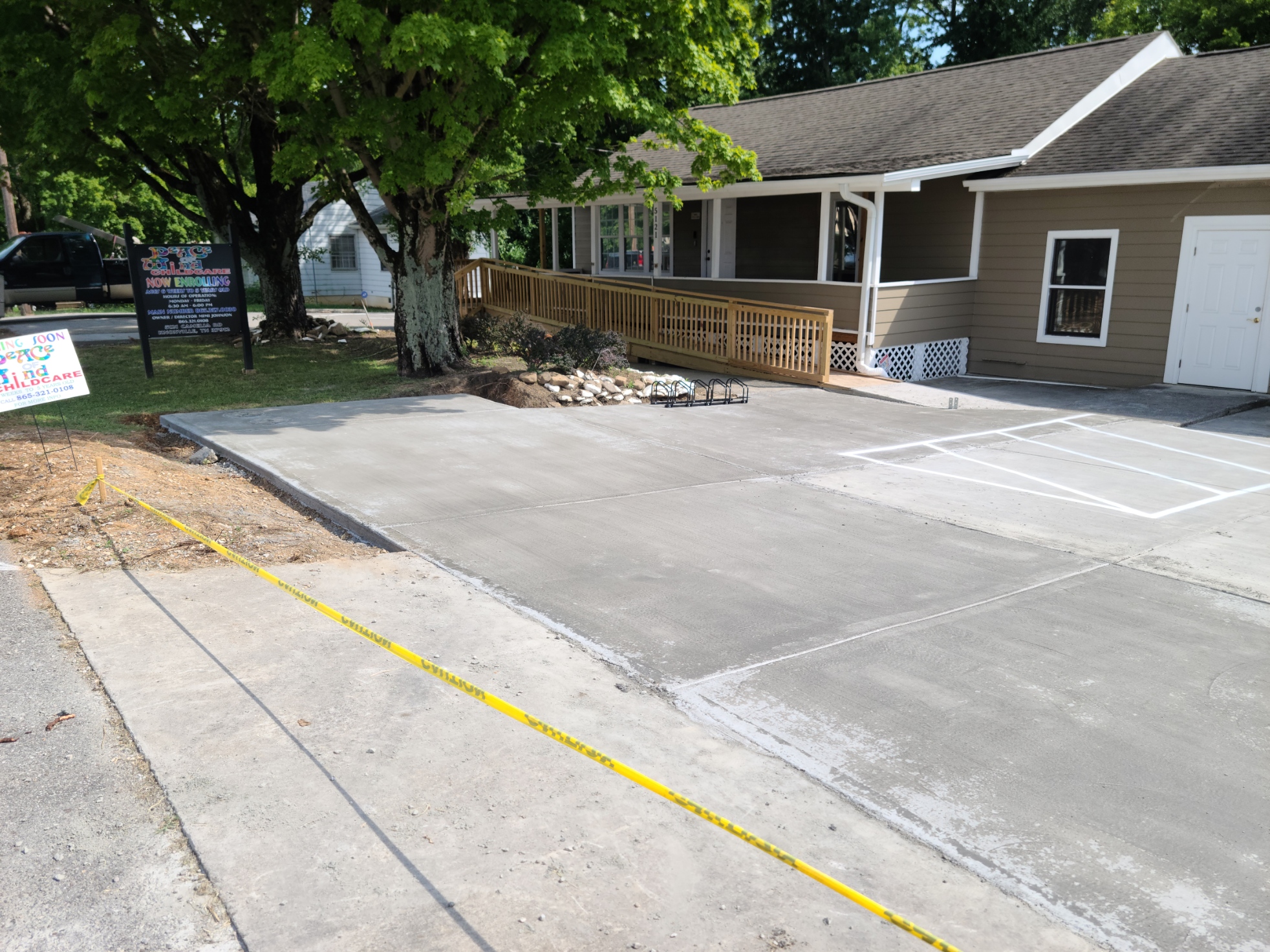
Mastering Concrete Mixes: Tips for Optimal Results Oct 06, 2025
The foundation of any good concrete project lies in understanding the basic components. Typically, concrete is a blend of cement, water, sand, and aggregates. To achieve the desired strength and durability, it is vital to balance these ingredients carefully. Cement acts as the binding agent that holds everything together. Water activates the cement, initiating the chemical reaction that hardens the mix. Sand fills in the gaps between the larger aggregates and helps increase the mixture's overall density. Too much sand, however, can weaken the finished product, so proportions matter.
A common rule of thumb is to follow a ratio of 1:2:3:0.5 for cement, sand, aggregates, and water, respectively. However, specific projects may require adjustments. For example, heavy-duty structures like foundations benefit from stronger mixes, while lighter constructions such as garden pathways do well with slightly less cement. Understanding your project's requirements will guide your mix decisions.
Another critical factor is the water-cement ratio. Water is necessary to make the concrete workable, but too much can lead to a weak structure by reducing its overall strength and sustainability. On the other hand, insufficient water makes the mixture difficult to work with and may result in air pockets within the concrete. Generally, a lower water-cement ratio yields stronger concrete. Use only enough water to make the mixture workable.
Temperature also plays a significant role in the curing process. Extreme temperatures can impact the durability of the concrete. In hot climates, rapid evaporation of water can cause the mix to dry too quickly and crack. In such cases, consider using retarders, or curing the concrete slowly by covering it with a damp cloth to maintain moisture. In colder temperatures, adding accelerators to the mix can help the chemical reactions occur more rapidly, reducing the risk of freezing before the concrete sets.
When it comes to mixing techniques, consistency is crucial. Whether you're mixing by hand or using a mixer, ensure that all components are evenly distributed throughout the batch. If using a mixer, add the dry ingredients first, followed by a gradual introduction of water until the desired consistency is achieved. For smaller projects, a wheelbarrow and shovel may suffice. In either case, blend thoroughly to ensure no dry pockets and avoid over-mixing as it can lead to segregation of components.
Finally, safety should always be a top priority. Working with concrete involves handling potentially hazardous materials. Ensure you wear appropriate protective gear such as gloves, goggles, and masks to protect against skin irritation, dust, and other risks.
At AXC LLC, we are committed to helping our clients achieve the highest quality results with their concrete projects. Whether it’s understanding the basics or navigating complex mixes, our expertise and dedication to excellence stand as your trusted guide in mastering concrete techniques. With the right mix and approach, every project has the potential to stand strong and last long. Let us help you build a sturdy foundation for your future endeavors.
/filters:no_upscale()/media/ddf15d2a-e949-4633-a366-cca6c2072dd5.jpg)